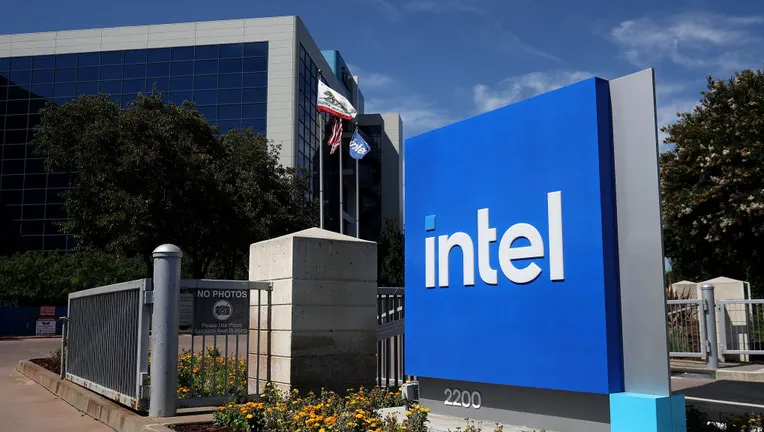Tech industry giant Intel, headquartered in California, is reportedly preparing for a substantial reduction in its workforce. According to recent reports citing internal information and sources, the company plans to cut more than 20% of its employees as part of a broader strategic overhaul.

Why is Intel Implementing Layoffs?
This significant Intel layoff event is understood to be a key component of a larger corporate strategy. Reports indicate the aim is to reorient the company towards a more engineering-focused culture, according to Reuters, which cited information from Bloomberg.
This planned workforce reduction follows a previous round of cuts that occurred in August 2024. At that time, Intel communicated to Reuters its intention to reduce staff by 15% as part of efforts to revitalize the strategy led by CEO Pat Gelsinger, which centers on reclaiming Intel’s historical leadership in semiconductor manufacturing.
Details Remain Undisclosed
As of now, Intel has not publicly announced the specific timeline for when these job cuts will take place. Furthermore, the company has not disclosed which particular departments, divisions, or roles will be impacted by this latest round of Intel layoffs.
Reports from March, also via Reuters, have detailed strategic moves within the company aimed at revitalizing operations. These reports suggested initiatives were underway to revamp Intel’s core manufacturing processes and its growing Artificial Intelligence (AI)-related endeavors. This push comes after the company faced challenges, including losing ground in chipmaking capabilities and struggling to fully capitalize on the increasing demand for specialized AI chips and processors.
Looking Ahead: Q1 Results and Market Challenges
Intel is scheduled to release its first-quarter financial results on April 24. This upcoming report is anticipated to offer further insights into the company’s performance and the direction of its strategic initiatives.
However, Intel’s turnaround efforts could potentially face external headwinds. Geopolitical factors, such as a potential trade dispute between the United States and China, and the threat of tariffs on goods, could pose challenges for the semiconductor industry and Intel’s operations.
Sources:
Information for this report is based on details provided by Reuters and Bloomberg.







